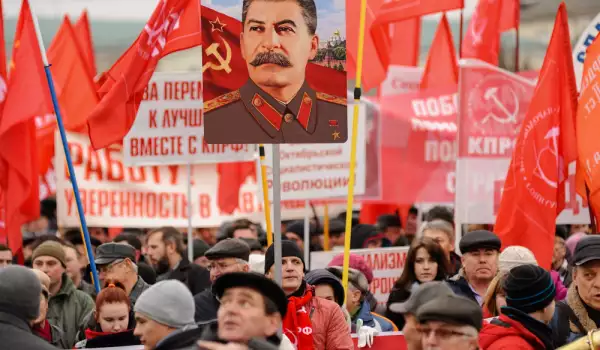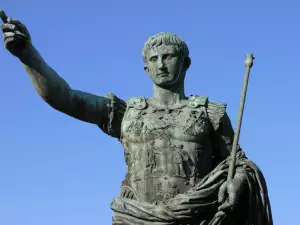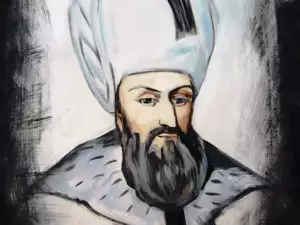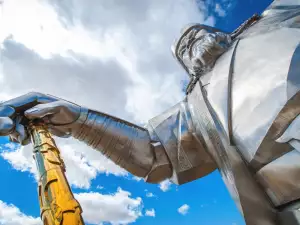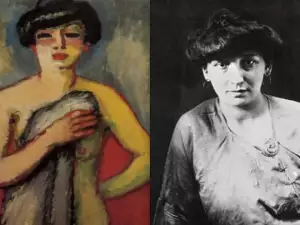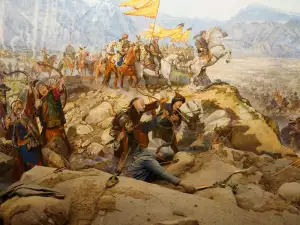Stalin is undoubtedly one of the most recognizable dictators in the world and one of the most heartless (if we can say that there are heartless dictators).
In 1879, in Georgia, in the poor family of a washerwoman mother and shoemaker father, Iosif Vissarionovich Dzhugashvili was born, who today we all know as Stalin. In his childhood, due to a smallpox disease, he was left with scars on his face and a problem with his left hand, which his classmates bullied and made fun of him for.
Sent by his mother to study to be a priest, he came across the writings of Karl Marx and became drawn to socialism, even joining a local socialist group. He spent a lot of time preparing and later participating in the Revolution. He organized numerous strikes and protests and with his activities became known to the secret police.
Forced to go underground, he joined the Bolsheviks, where he first met Lenin. Due to his unscrupulous nature and numerous revolutionary "exploits", he was arrested in 1910 and sent into exile in Siberia. He spent a few years there before joining the Russian Revolution and fighting and then helping Lenin start building the new communist Russia.
Lenin's death was actually the beginning of the most unscrupulous actions on the part of Stalin, which turned him into one of the most heartless dictators in history.
To consolidate his power, Stalin first removed all of Lenin's supporters who were softer than his convictions. The first was Trotsky, who was considered the natural successor of Lenin. He was first sent into exile and later, to South America, where he managed to escape and is killed. This is believed to be on Stalin's orders. Stalin managed to seize power, because the other leaders considered him mediocre and even easy to manipulate. However, he gradually gained power, eliminating everyone in his path.
In the late 1920s, Stalin ordered the start of mass industrialization to catch up with the West and advance socialist ideas and hence the communist revolution. The impossible goals he sets lead to the exile and death of many who failed to meet them.
Collectivization, which is reimposed by force, is the reason for the starvation of millions of people, mostly in Ukraine. It is estimated that around 5 million people died of starvation. Millions and imprisoned or executed farmers who refused to participate in collectivization.
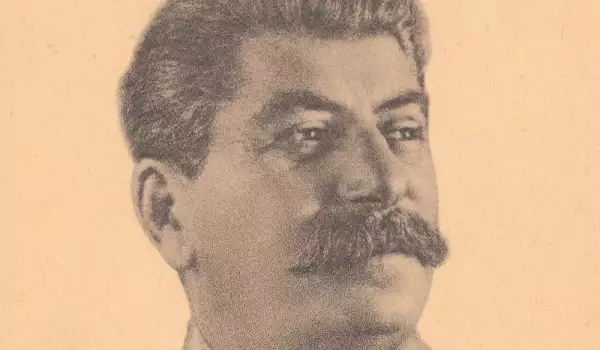
However, the peak of terror was perhaps the period immediately after the death of his second wife, Nadezhda. These are the years of the Great Purge, when Stalin exiles or executes much of the Soviet military and political elite. Over 3 million people were sent to the camps in Siberia, including the wife of his closest associate Molotov. Nearly 750, 000 were killed.
The reasons for his unscrupulousness and heartlessness are many and can be explained both by his childhood and perhaps by his character. What drives him though is his paranoia and his fear of being betrayed by those closest to him. It is precisely for this reason that he periodically carries out purges and the secret police impose communism and Stalinism by force on the people.
Regardless of all that has been said above and the obvious facts that point to him as a dictator, Stalin, thanks to his character and his ability to keep his people in fear, managed not only to turn World War II, but also to help the victory of the Allied Powers in it.
Stalin's Foreign Policy and World War II
In the summer of 1939, Stalin signed an agreement with Adolf Hitler that included the partition of Poland and the demarcation of spheres of influence in Eastern Europe. In the fall of that year, German and Soviet armies occupied Poland and ended the independent state.
During the winter, Stalin carried out aggression in Finland, but the Red Army performed very poorly, which became the occasion for the development of the Barbarossa plan for Hitler's attack on the USSR. Stalin made a huge mistake by ignoring all warnings about the impending offensive. However, this turned out to be completely false and Germany's attack on the USSR became the largest military operation in human history, claiming numerous victims and subjecting both Russians and Germans to terrible conditions.
Hitler's operation fails and Russian endurance and resources prove much stronger than expected.
Death of Stalin
Stalin died in his official residence, where he lived in the post-war period. On March 1, 1953, a guard found him fallen and the doctor who arrived the next day found paralysis on the right half of the body. On March 5, the dictator died and the medical report indicated that the cause was cerebral hemorrhage.
According to the results of a the autopsy Stalin suffered several ischemic strokes, which is believed to have caused cognitive impairment and progressive mental illness.
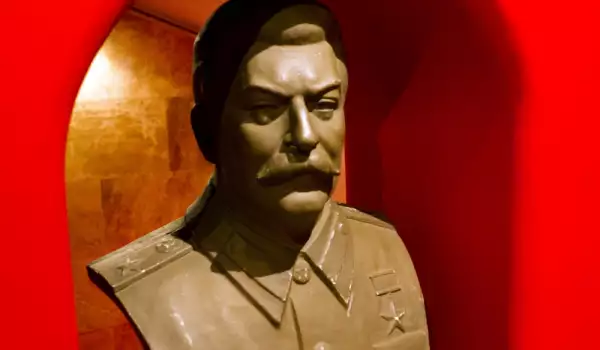
The dictator's body was embalmed and placed in the Lenin Museum. In 1961, a Party Congress decided that Stalin had committed serious violations and his coffin could no longer remain there, so it was removed and buried in a tomb near the Kremlin wall.
